Theory, practice and perspectives. American submersible aircraft projects
For many decades, various projects and concepts of submersible aircraft have regularly appeared - devices capable of alternately performing aerodynamic flight and scuba diving. Due to objective limitations and difficulties, not a single project of this kind has reached practical application. However, research in this area continues, and the leading role in them remains with the United States. Their naval forces show a great interest in equipment of an unusual class.
Objective difficulties
Any submersible aircraft project faces a number of objective difficulties. The combination of two fundamentally different functions always complicates the design, up to the loss of the ability to one of them. Similar complications are seen in the context of a glider, propulsion system, cargo hold, etc.
At the end of the XNUMXs, the Naval Surface Warfare Center Carderock Division from the US Navy conducted another research work on the topic of submarine aircraft. It formed the exact range of tasks and problems typical for such projects, and also proposed options for their solution based on current technologies. It is important that at the final stage of this research and development such proposals were confirmed by tests of scale models.
A submersible aircraft needs a lightweight and durable glider that can fly in the air and withstand water pressure at operating depths. In addition, it must provide all the necessary devices and compartments. So, an aircraft needs voluminous fuel tanks, and a submarine needs ballast tanks.
Powerplant design is a major challenge. Covert diving and flying in the air are fundamentally different processes for different propulsion systems. As a result, the device must have two separate motors or some kind of combined system.
Known difficulties are to be expected in the formation of a complex of onboard equipment. A submarine plane needs special means of navigation and communication that can operate alternately in different conditions. This factor must also be taken into account when forming a complex of weapons, cargo compartments, etc.
Hydrofoil
The most interesting and well-developed among modern projects is the concept formed in 2010 by the American center NSWC within the framework of the mentioned research. The purpose of this work was to determine the possibility of creating a submersible aircraft capable of taking off from an offshore platform, flying 400 miles through the air and passing 12 nautical miles under water, and then disembarking combat swimmers. Then it was required to make the way back to the platform. The duration of stay under water was set at the level of 3 days.
The "flying wing" layout with a large protruding fuselage, swept leading edge and engines on the upper and lower surfaces was considered optimal. The wing was given for tanks and cisterns for various purposes. The power plant included a pair of turbofan engines for flight and a rudder with an electric motor for sailing. Inside the fuselage and wing, it was possible to place a cockpit for two crew members and a separate compartment for six paratroopers. A special ski chassis was offered for takeoff and landing.
NSWC Carderock has worked on two versions of the submarine aircraft. The larger one had a wingspan of approx. 33 m with a length of approx. 10 m. Its calculated mass reached 17,7 tons. Cruising speed was determined at 200 miles per hour in the air and 6 knots under water; other parameters should have been consistent with the original assignment.
Several prototypes were built in accordance with these ideas. With their help, they worked out flight in the air and takeoff and landing modes. The specifics of diving and working at shallow depths were also investigated. The greatest difficulties, for obvious reasons, were caused by the issues of transition from one environment to another. Nevertheless, it was possible to find the best options for components and assemblies, as well as to form the most convenient methods for performing various processes.
Based on the results of this research work, NSWC Carderock stated the fundamental possibility of creating a cargo-passenger submersible aircraft based on available technologies. However, as far as is known, this research work has not received development, and the proposed look was not used in real projects. However, rumors are circulating abroad about the possible launch of experimental design work, which so far remains secret.
Sea glider
In the mid-XNUMXs, the Office of Naval Research (ONR) and the Naval Research Laboratory (NRL) demonstrated new versions of submarine aircraft, adapted to specific tasks. Such products were proposed to be used to strengthen anti-submarine defense.
First came the Flimmer (formed from Flyer and Swimmer) from NLR. It was a tailless apparatus with a developed spindle-shaped fuselage and a strong swept wing with keels on the tips. In the tail was a pusher propeller. Later, the Flying Sea Glider appeared with a normal aerodynamic design with a straight wing and a full tail. This device was intended for gliding flight and did not have an engine.
The Flimmer / Flying Sea Glider concept involved the use of drone- submarines as anti-submarine weapons. Such a product should be dropped by the carrier and fly over the sea, searching for an underwater target. Having found it, the UAV should splash down and go under water. Then he aims at the enemy submarine and hits it with his warhead. The first version of the Flimmer was capable of independent flight and swimming. Flying Sea Glider was supposed to work on the principle of an underwater glider and move under water only due to the accumulated energy.
In 2015-18. two variants of submarine drones have been tested and confirmed their ability to solve the assigned tasks. It should be noted that the proposed concept of anti-submarine UAV has greatly simplified the development of the project. Two products from ONR and NRL are required to fly "one way". Getting out of the water and taking off are not provided.
Simplification course
In 2018, specialists from the University of North Carolina published information on their research and development on the topic of the unmanned submarine, commissioned by DARPA. The apparatus of the aircraft design, "inspired by seabirds", passed the necessary tests and successfully demonstrated the ability to work in two environments and the transition between them.
This device was built according to the normal aerodynamic design with a straight wing span of 1,42 m. The length of the product is 1,32 m. An electric motor with a propeller was placed in the nose of the spindle-shaped fuselage for flight. The central volume was given for batteries and controls. In the tail of the fuselage, in front of the tubular beam, there was a motor for movement under water. Using a long shaft, he rotated the propeller mounted inside the tail unit.
Landing on water was carried out with a high angle of attack to reduce the force of impact. After that, using the standard steering surfaces, the UAV could submerge. The takeoff procedure began at a certain depth. The device took up a vertical position and began to ascend due to the propeller motor. Raising its nose above the surface, the drone turned on the flight engine.
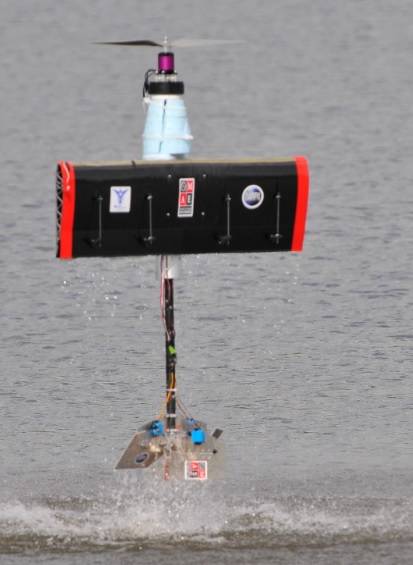
A seabird-inspired UAV takes off from the water. Photo of the University of North Carolina
In the project of the University of North Carolina and DARPA, a fairly simple scheme of a submarine aircraft was implemented, showing the necessary capabilities. However, nothing is known about the development of these ideas. Probably, such an architecture can only show high performance on a small scale. The creation of a full-size aircraft of this kind will be extremely difficult and unlikely to provide all the desired capabilities.
Unclear future
Thus, the Pentagon and its various structures do not lose interest in submersible aircraft and from time to time launch the development of new samples of this kind. However, the results of these programs are still rather modest. Several concepts of such an aircraft with various features and advantages have been developed and tested in practice, but things are not going further. None of the research projects have evolved into a full-fledged project with a reserve for future practical application.
The main reason for this can be considered a specific ratio of costs and potential benefits. The full-scale development of submarine aircraft, despite the fundamental possibility, is still considered inexpedient. At the same time, they pay enough attention to research in this area and the search for promising solutions. In addition, the possible place of unusual designs in the Air Force or Navy remains uncertain. Their advantages over other means and systems of a traditional look are also questionable.
Thus, both in the past and now, the main result of all new projects in the field of submersible aircraft is scientific, design and practical experience. Whether it will be used in real projects depends on the potential customer. So far, with all the interest in promising technologies, the US Navy and Air Force prefer to do with traditional solutions.
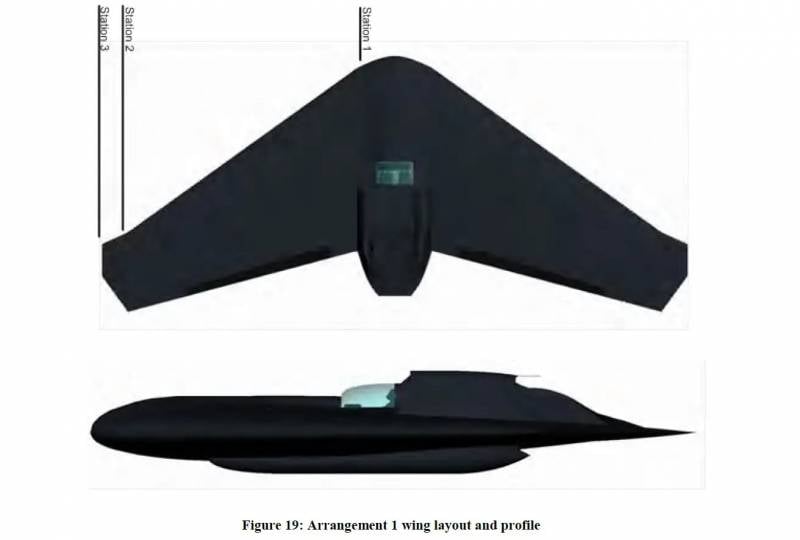
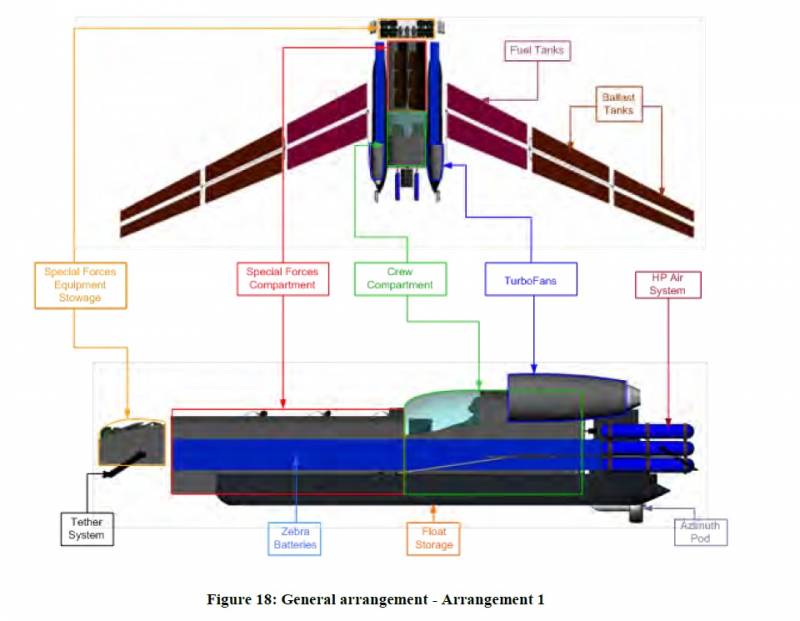
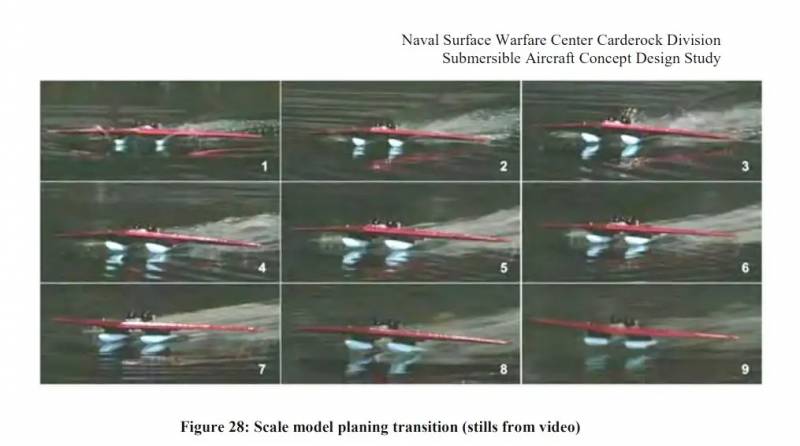
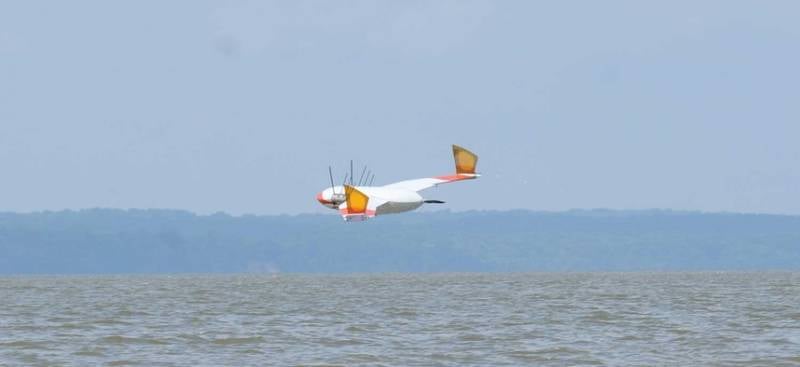
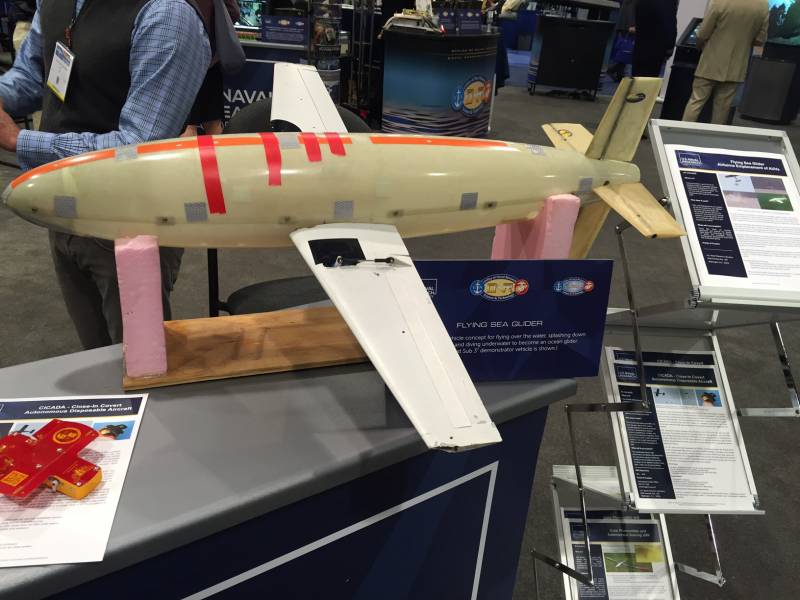
Information